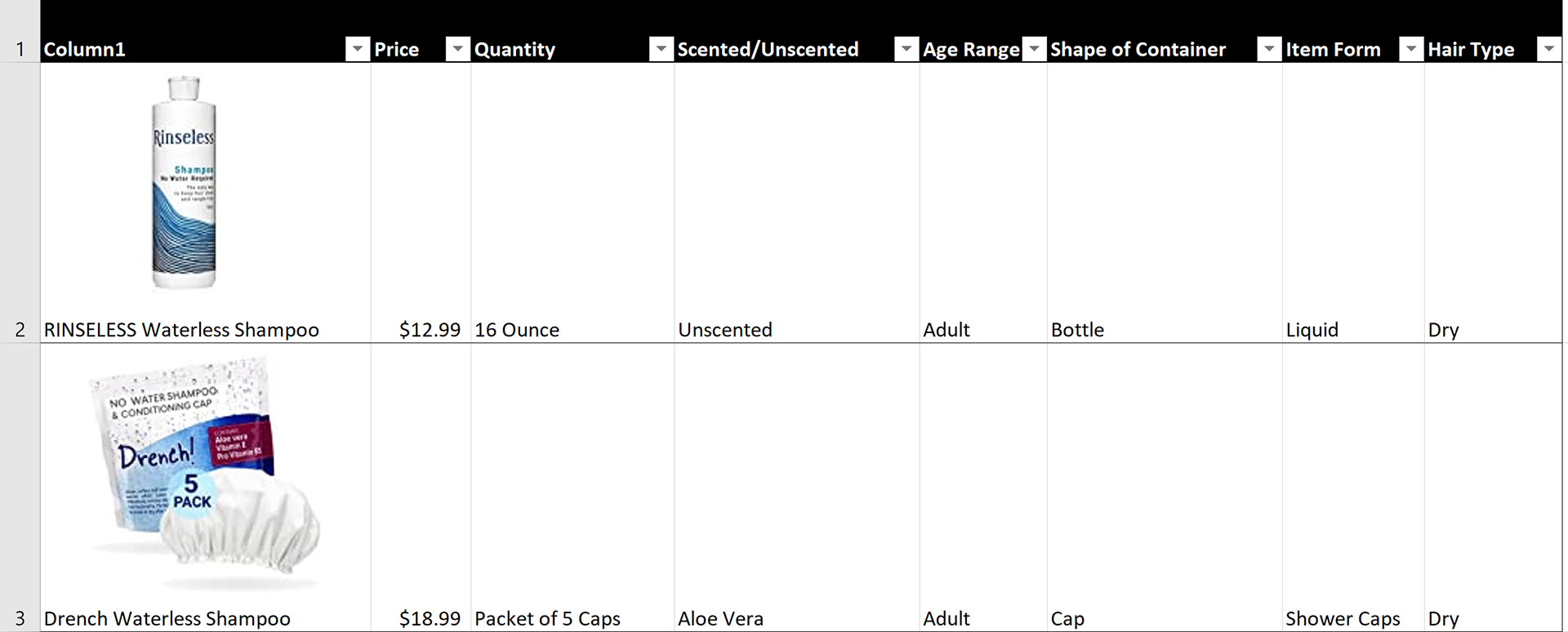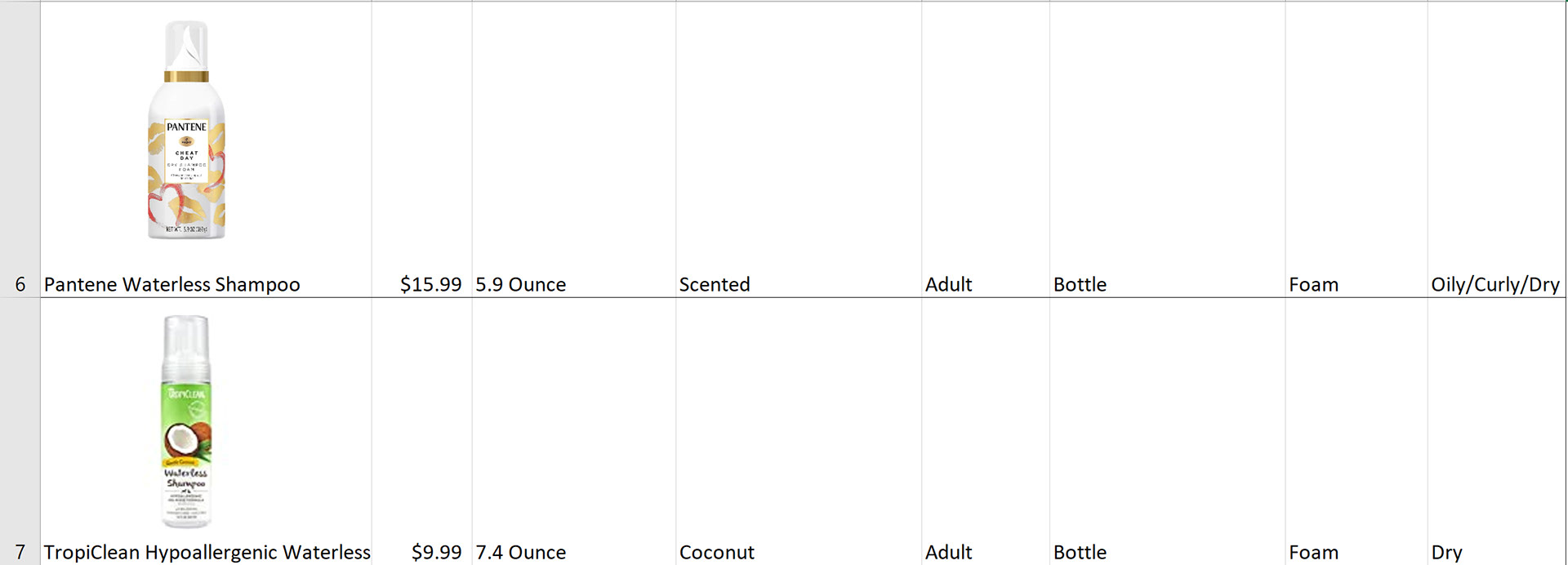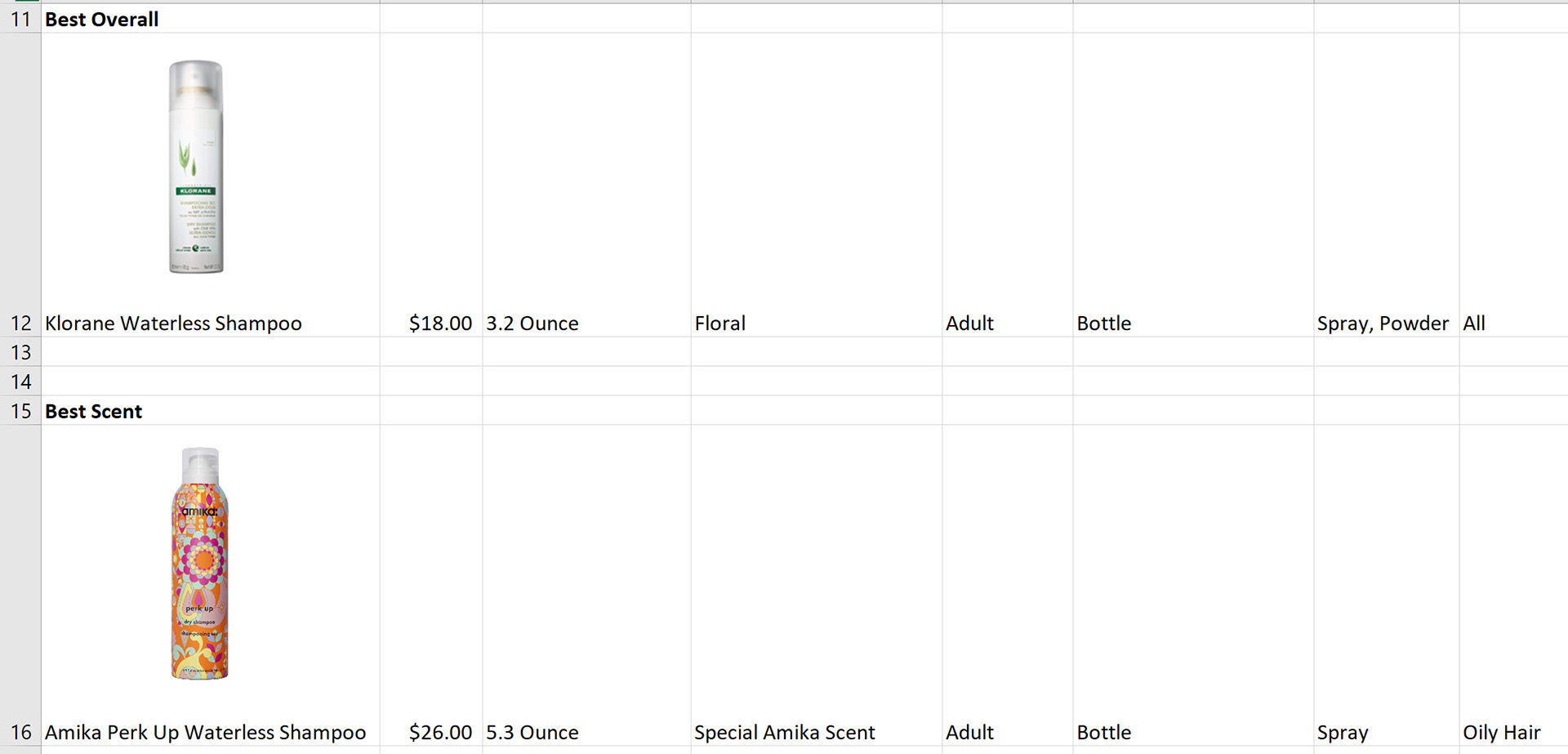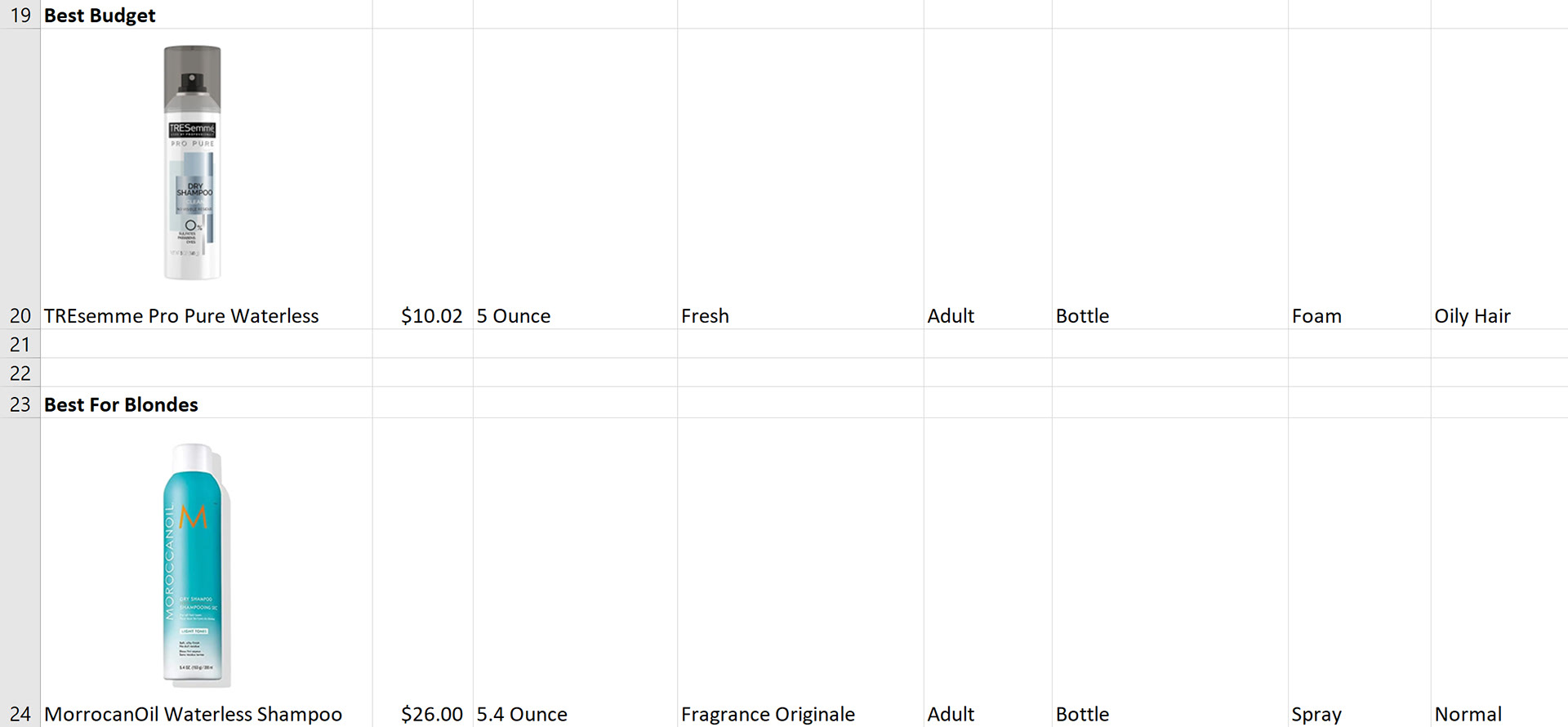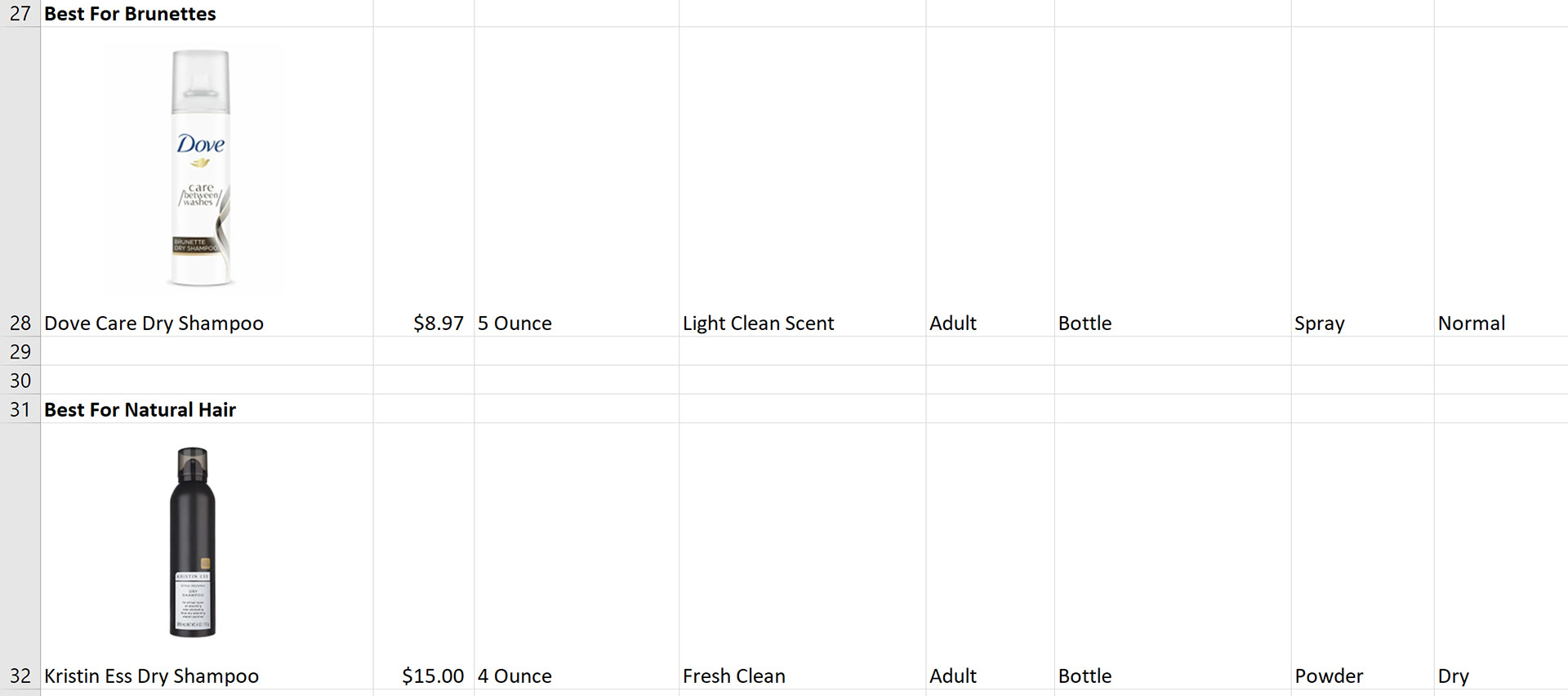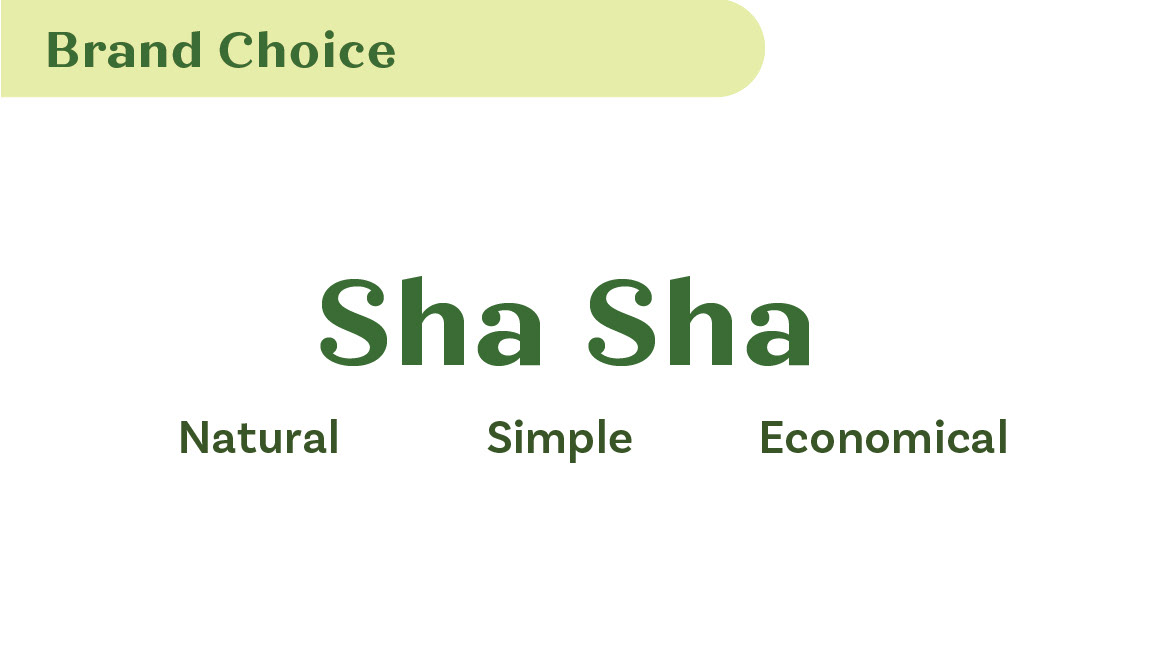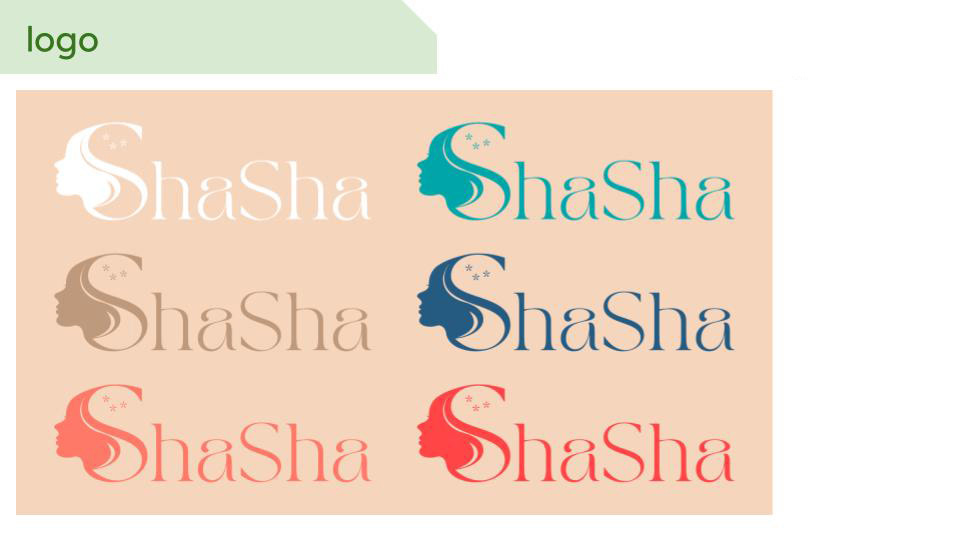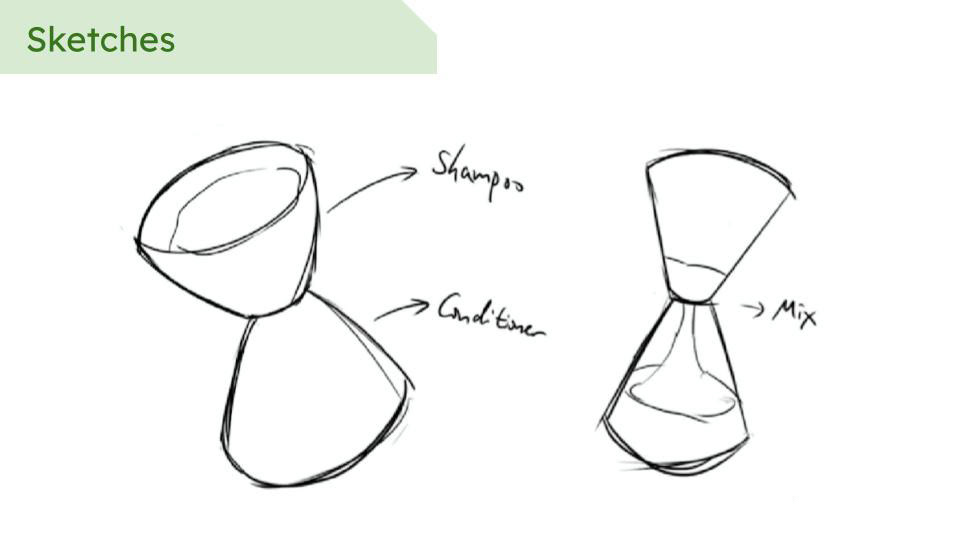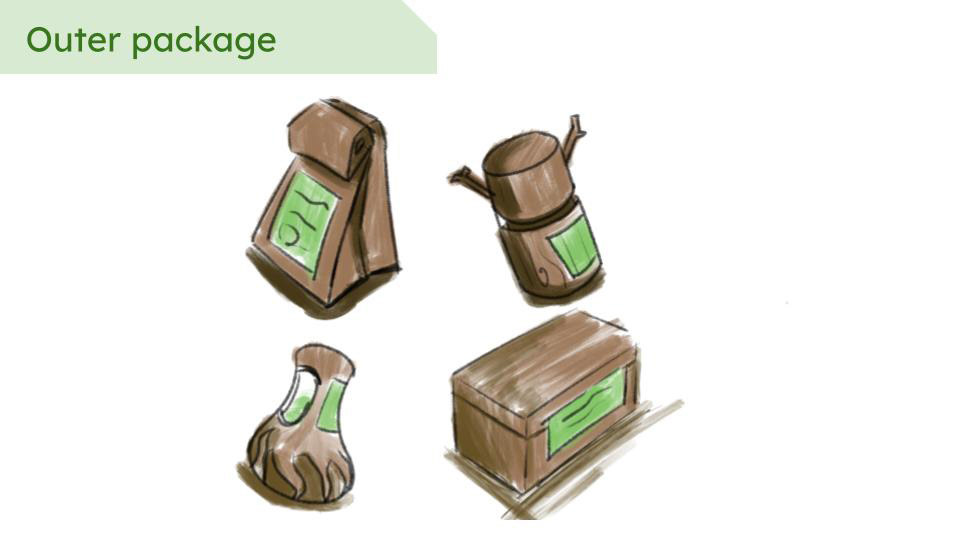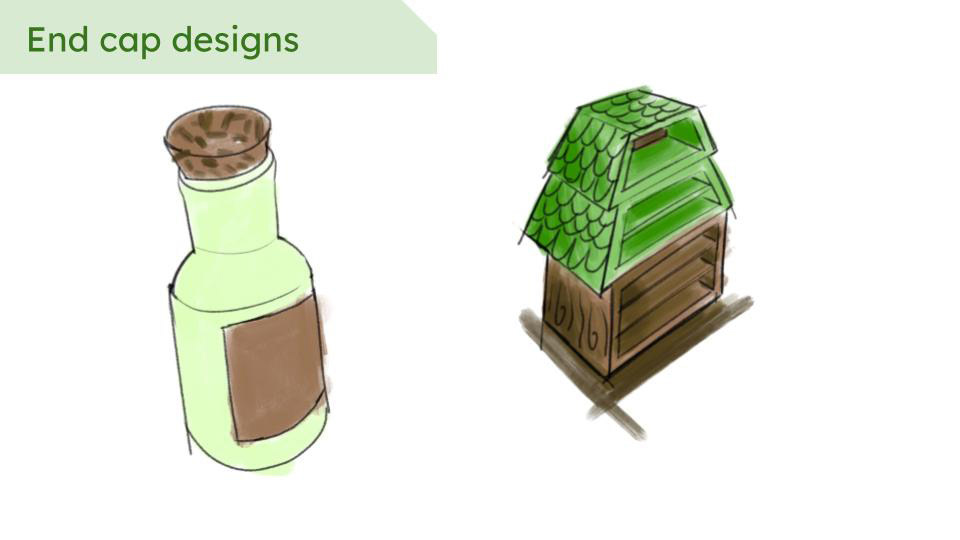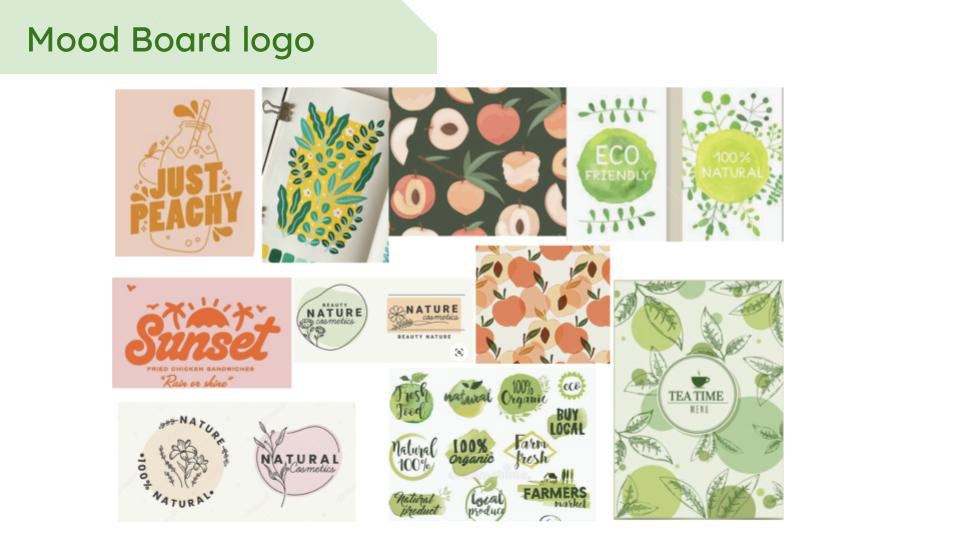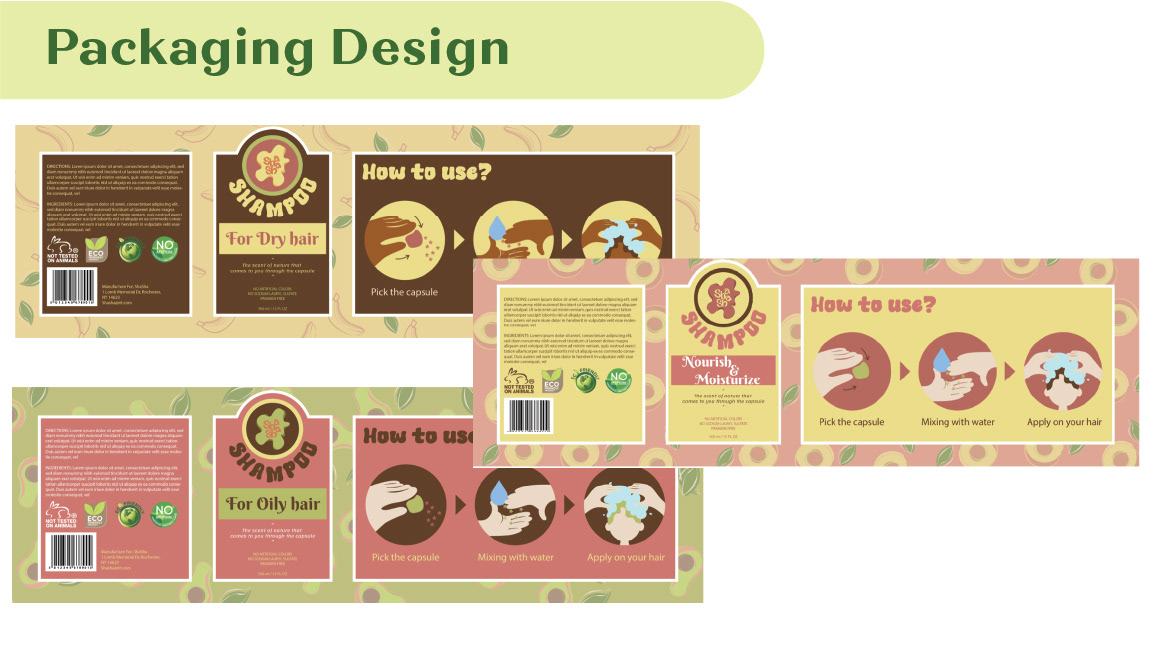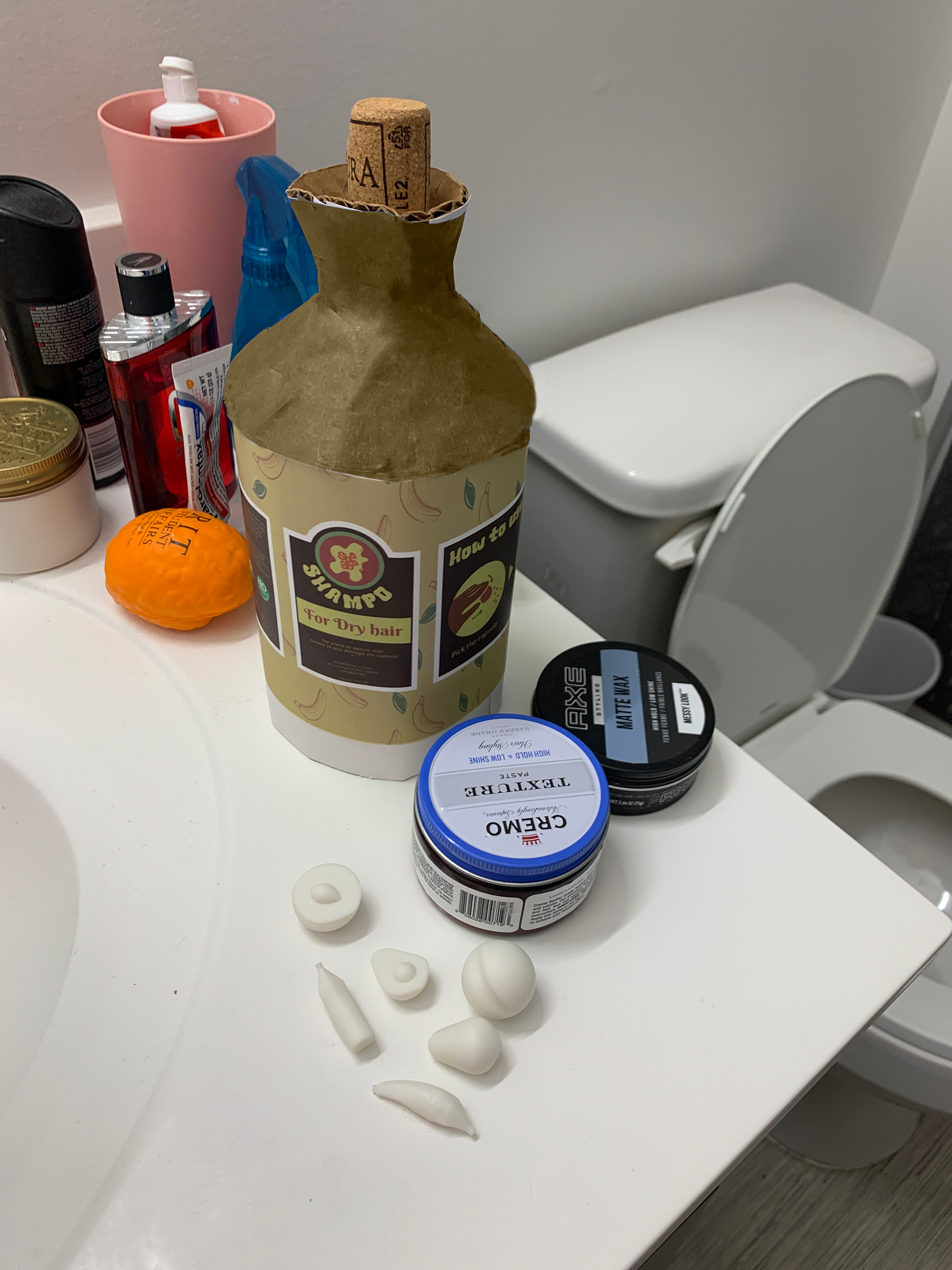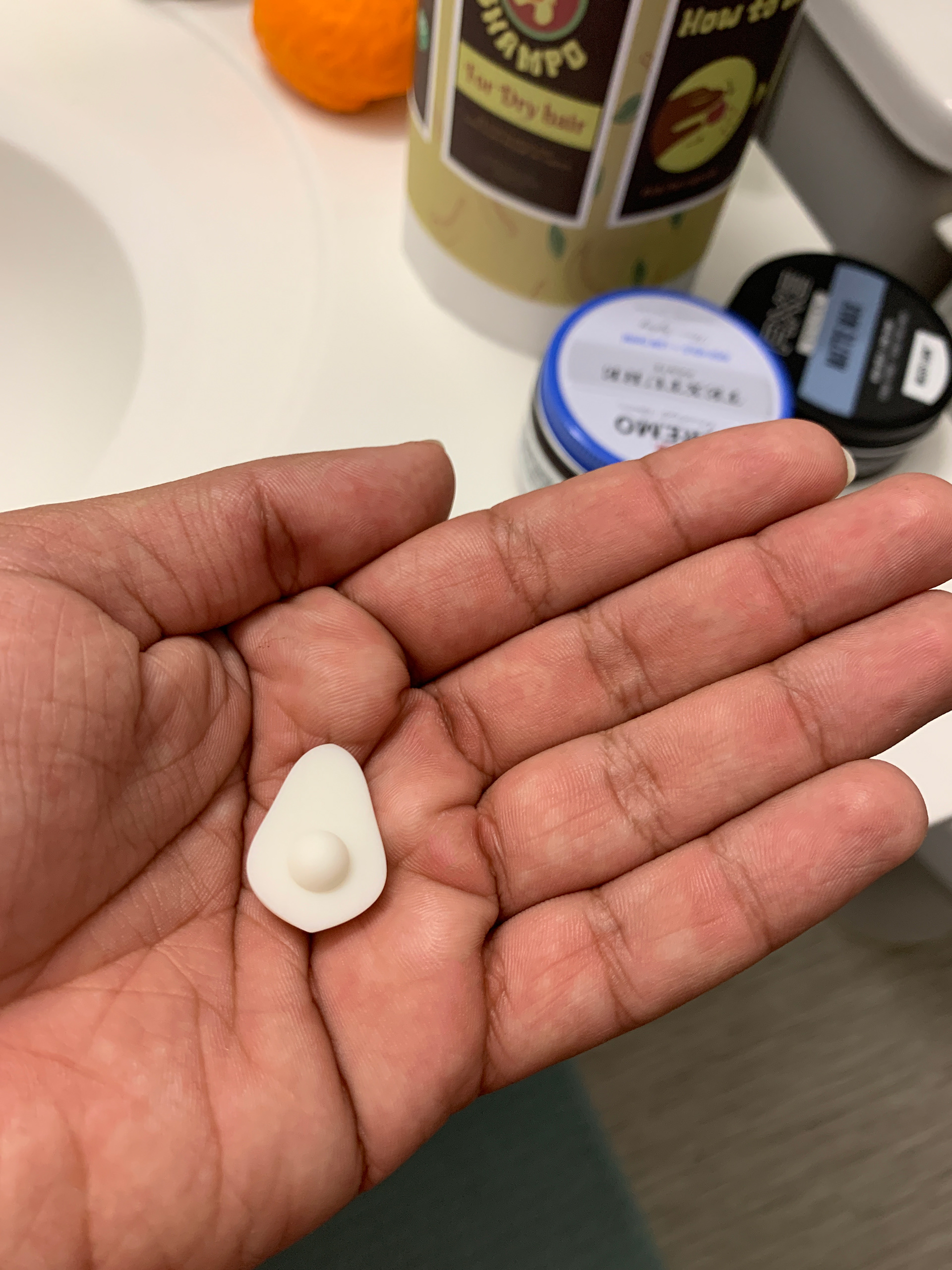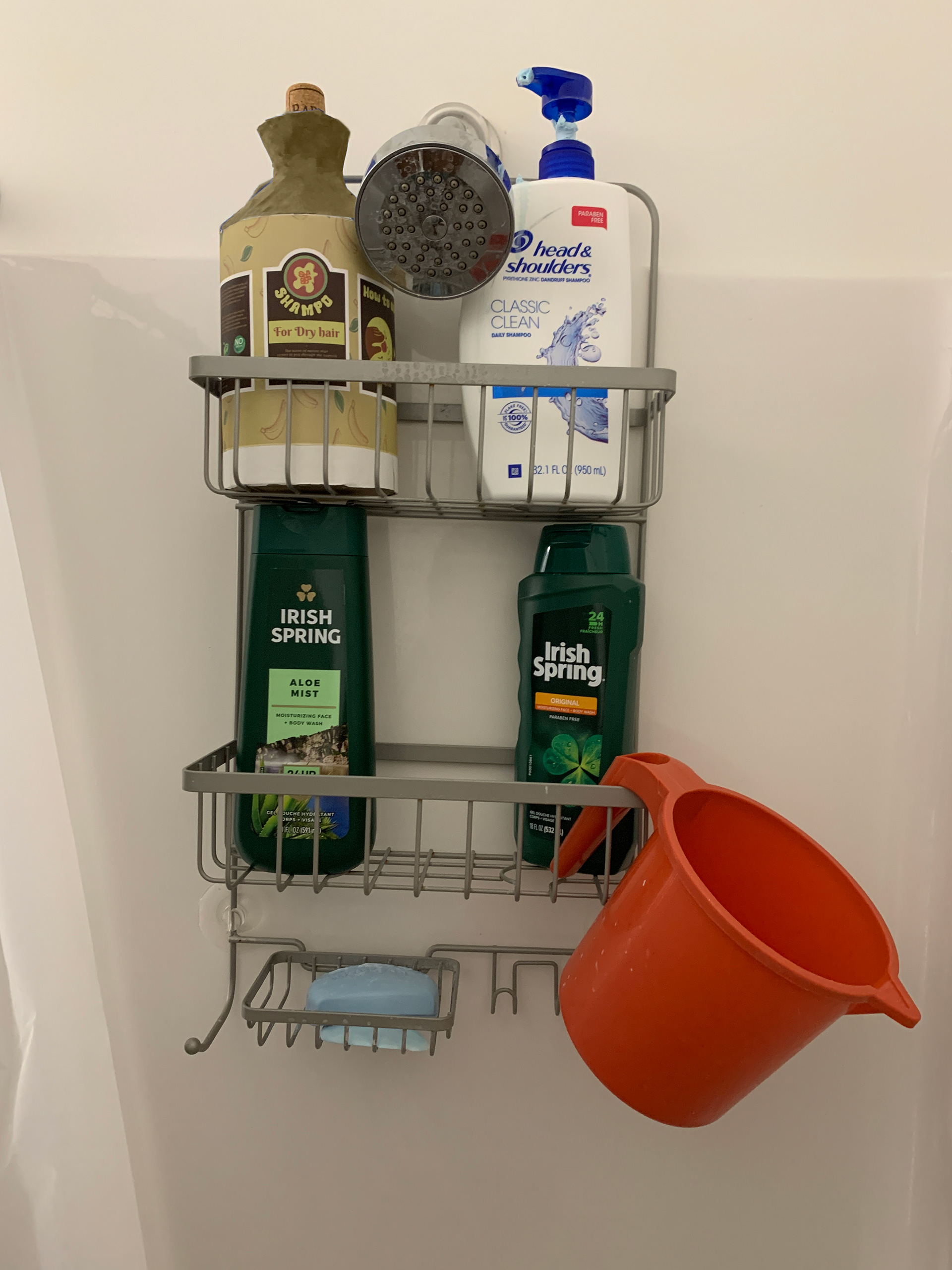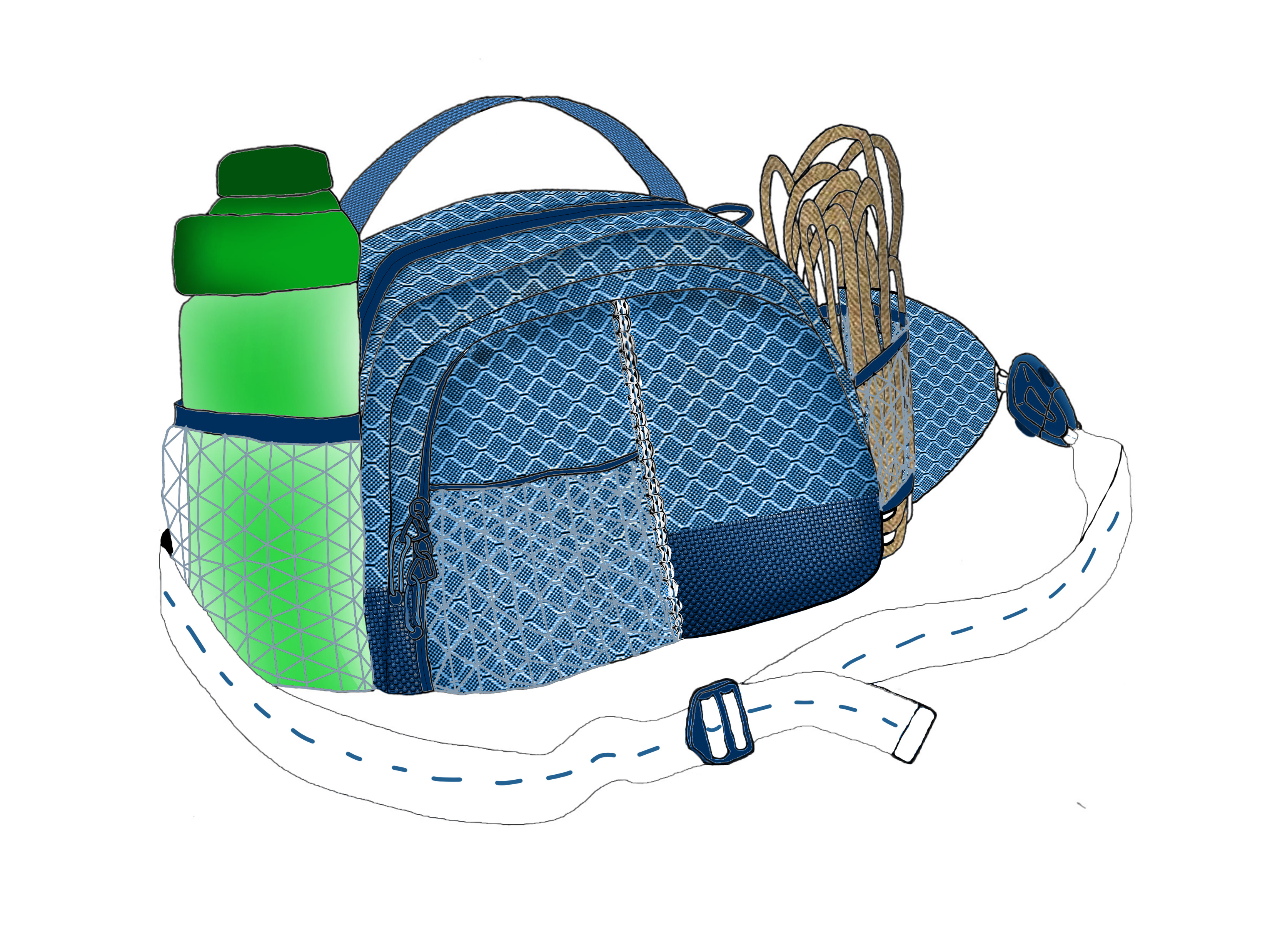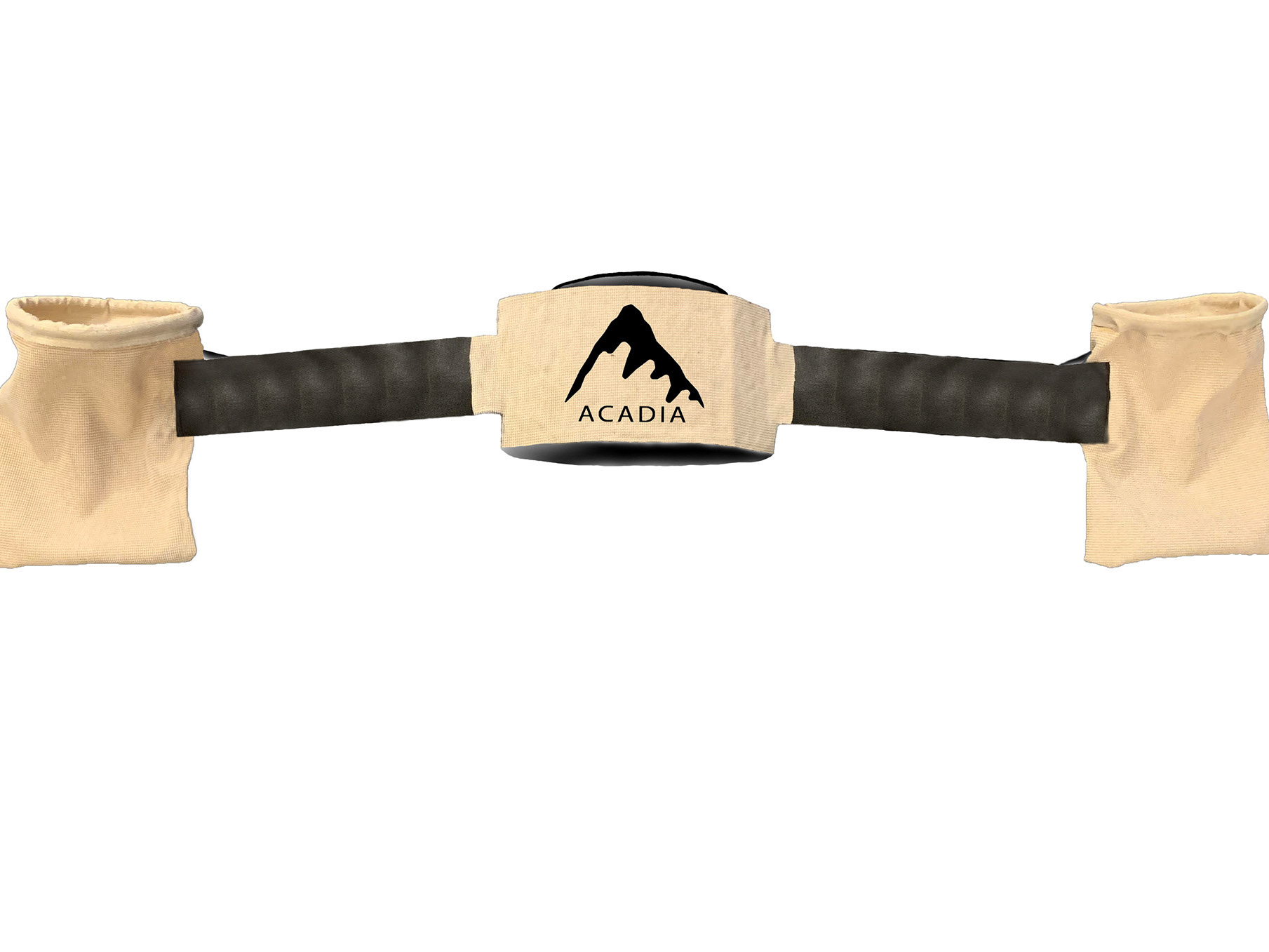Sha-Sha Waterless Shampoo
How to create an eco-friendly/sustainablepackage for a new single-dose, waterless, shampoo/conditioner brand?
Survey Responses

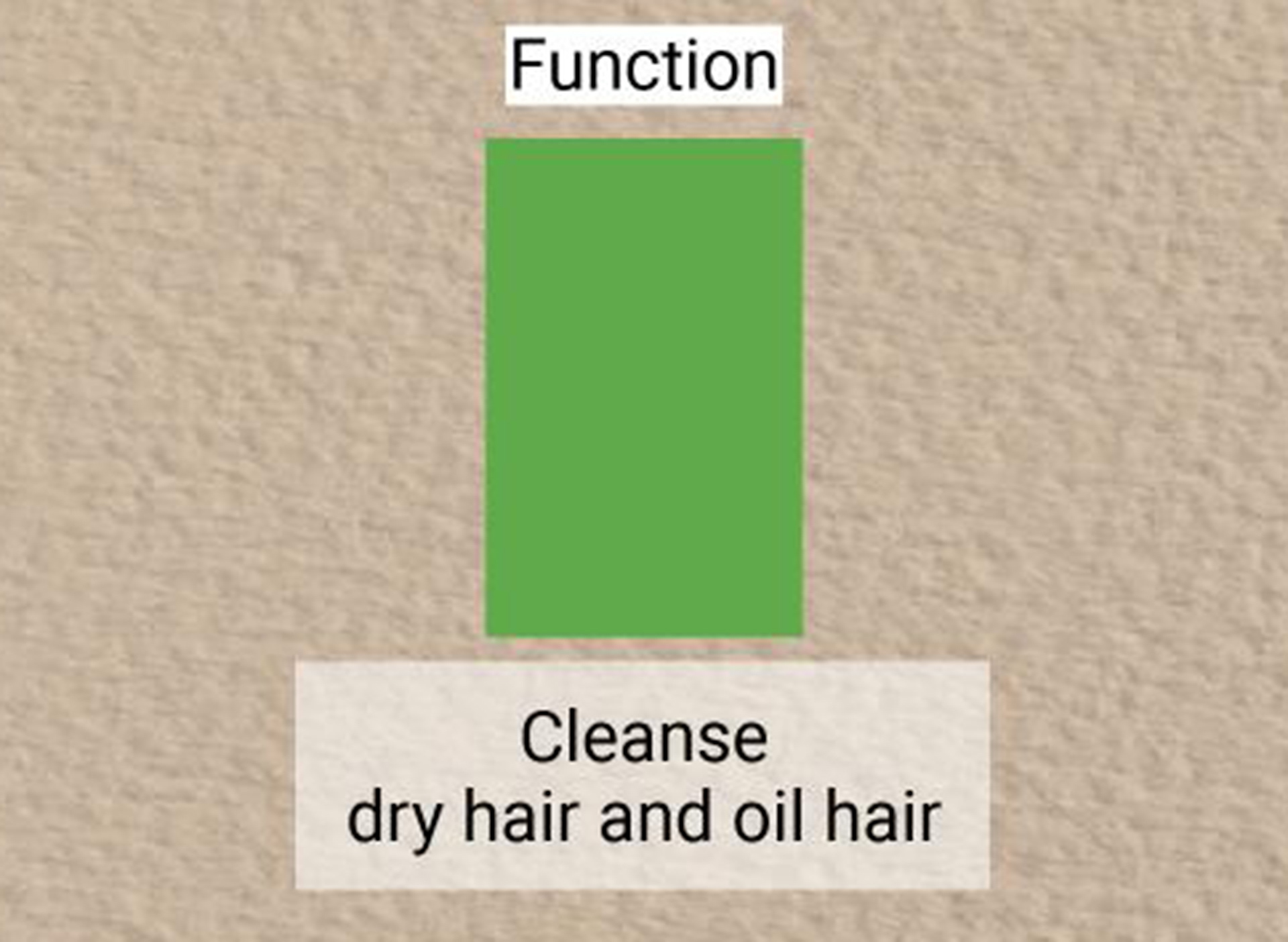
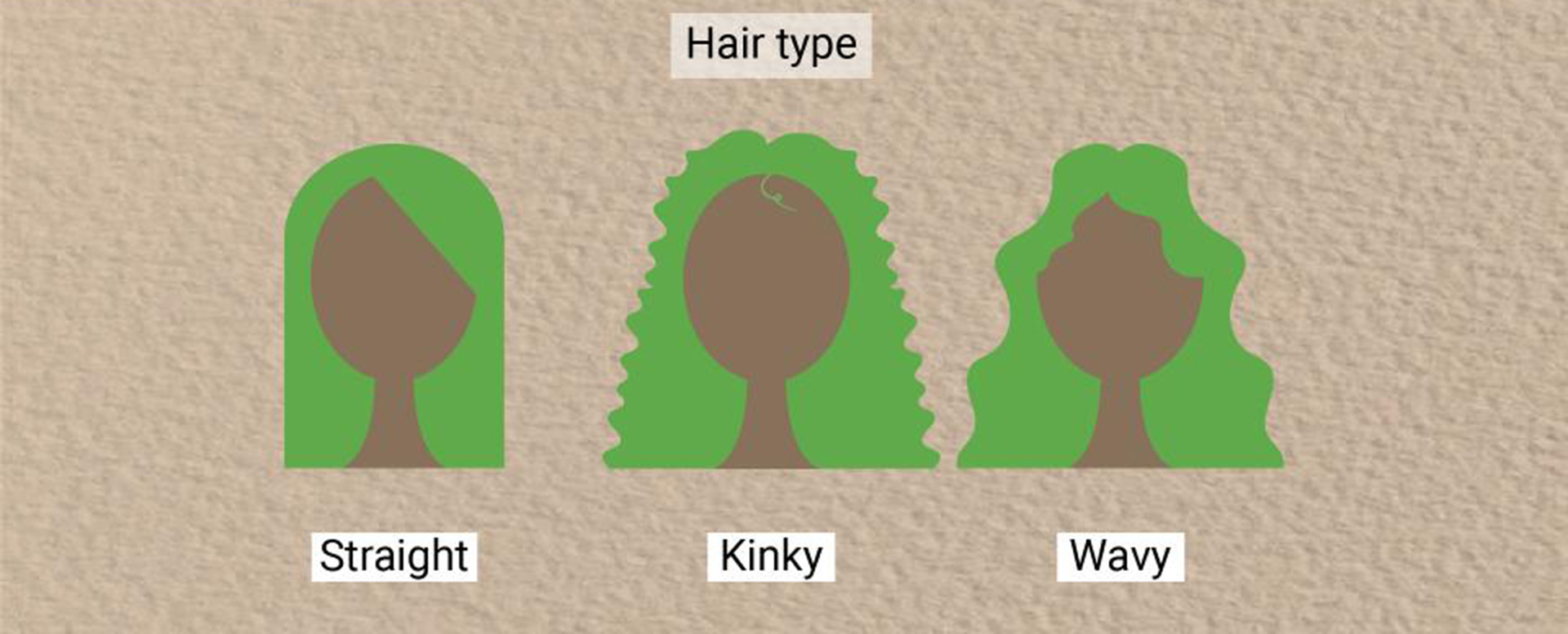



Target Audience
Age: 22-28
People who care about the environment and sustainability
Are likely to pay extra for sustainiblity
People who care about their shampoo and conditioner (functions, brand, package, design, etc)
Personas

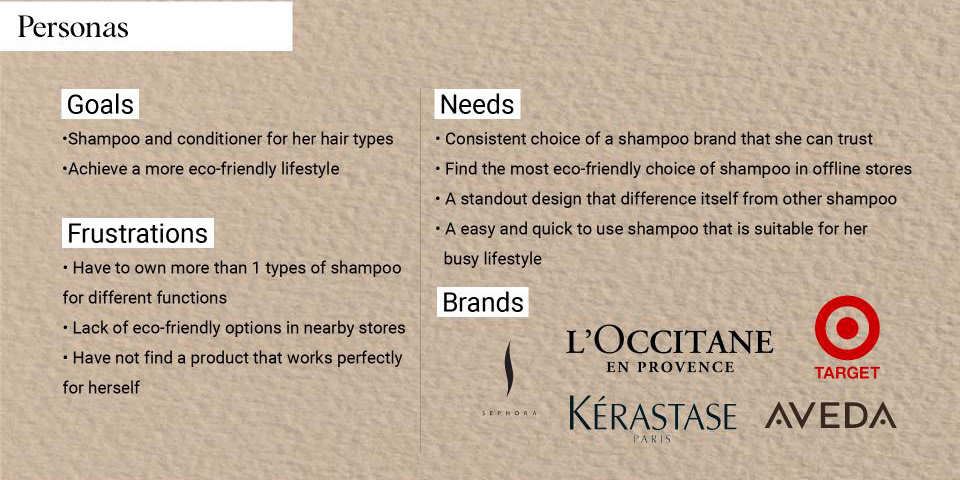
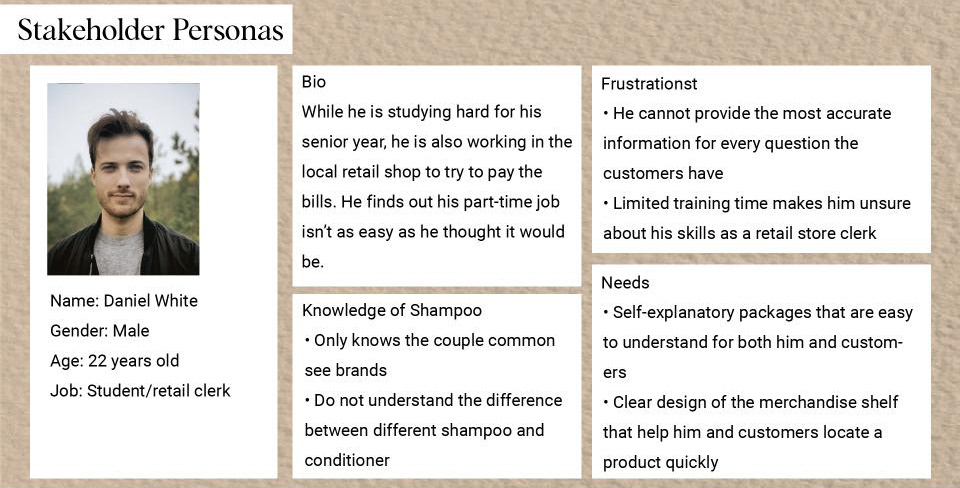
Technological Possibilities

Kraft Paper
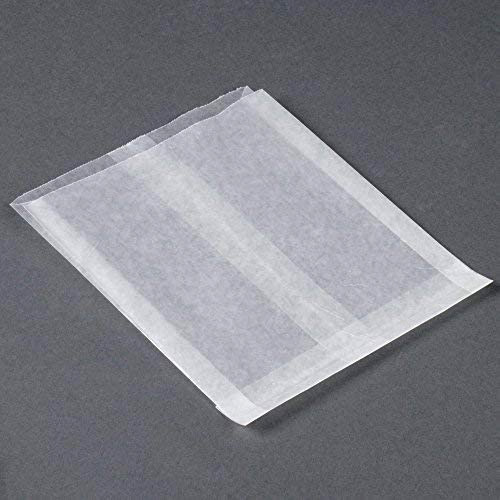
Glassine
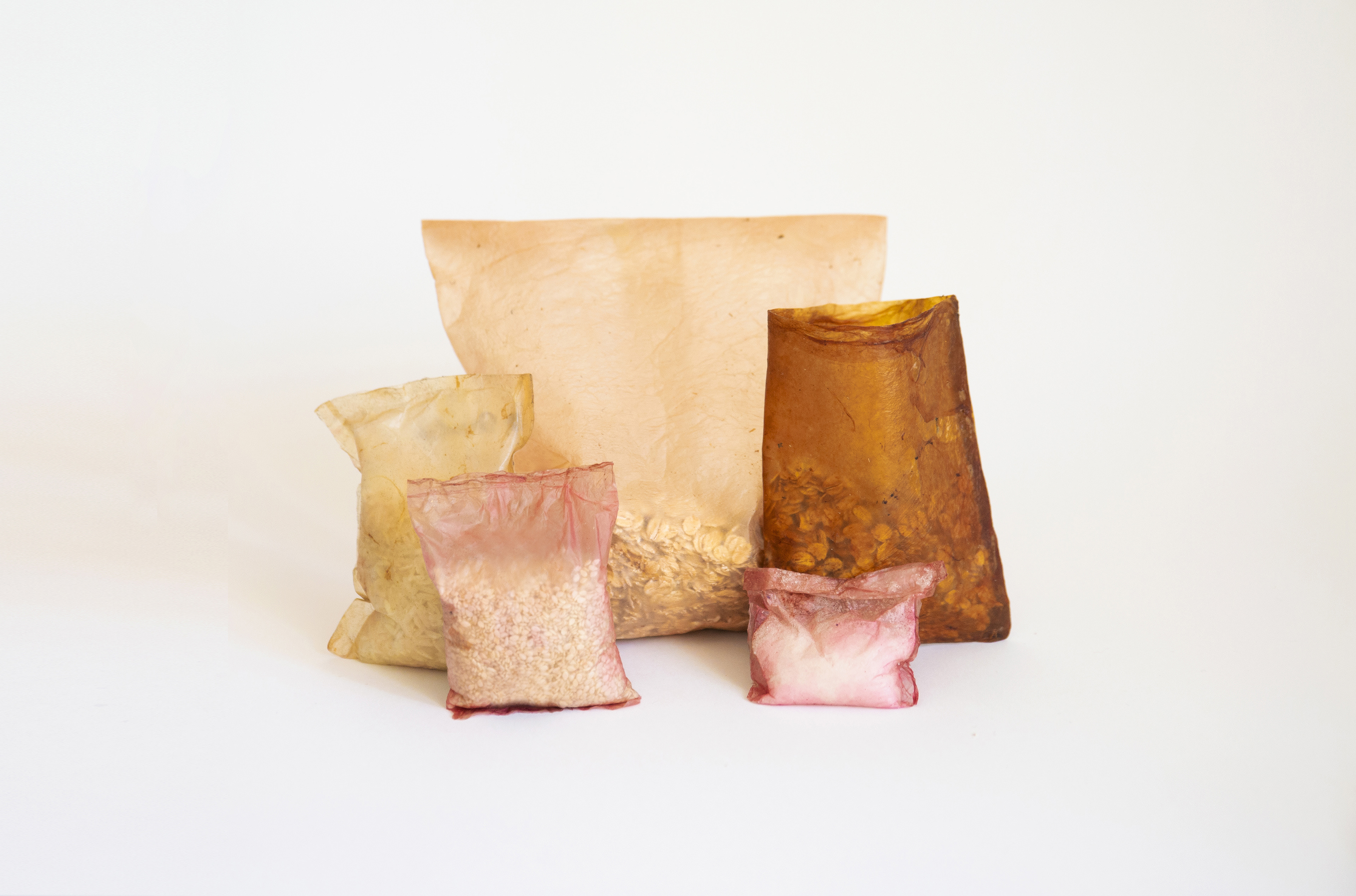
Cellulose Packaging
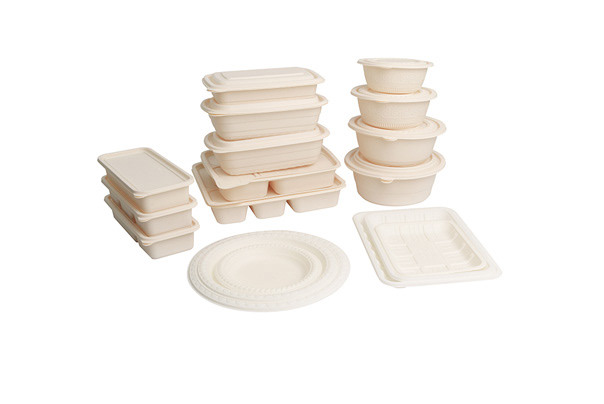
Cornstarch Packaging

Green Cell Packaging

Mycelium Packaging

Polyvinyl Alcohol Packaging
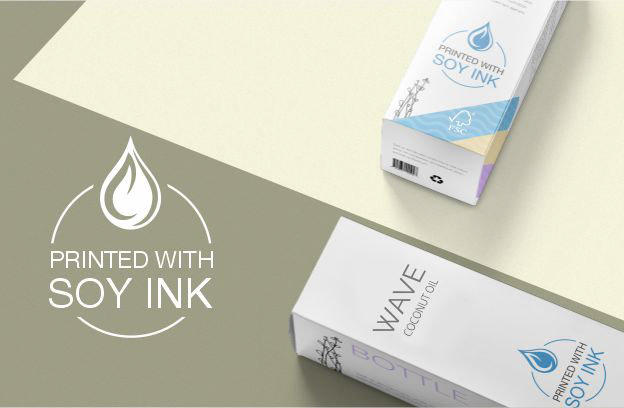
Soy Ink Packaging
Business Implications & Market Value
The costs of producing shampoo bars are higher than the production of traditional shampoo packaging.
Water is the cheapest ingredient to add to the fluid based products.
Less packaging, less ingredients makes it affordable to make/purchase
Distribution in hyper/supermarkets, online sales channels, drug stores
As the demand increases the price of the product will decrease over time
The global hair shampoo market was valued at $29,700.7 million in 2020
Projected to reach $44, 378.8 million by 2030
Registered CAGR of 4.3% from 2021 to 2030
The hair shampoo market us the largest growing industry for leave-in treatments and masks for hair protection
The shampoo market is higher amongst women ages 20-30 yr
COVID-19 influenced consumer purchasing habits for personal car products
Asia-Pacific dominants the shampoo market, expected CAR 5.0%
Benchmarking
